Climatic!
10 years ago by

Tous les regards convergent vers Paris cette semaine, avec la fameuse COP21, conférence des Nations Unies sur le climat qui s’y déroule pendant dix jours. C’est quelque chose qu’on suit avec attention au Studio, comme un petit rayon d’espoir pour l’avenir.
Alors que les leaders du monde entier s’efforcent de prendre des mesures radicales (en essayant de signer des contrats s’engageant à réduire les émissions produites par des pays entiers) c’est aussi quelque chose qui peut nous inspirer à notre niveau personnel… du coup, on a réfléchi à des façons toutes simples de contribuer à cette évolution, d’avoir un petit impact sur l’évolution du changement climatique.
Recycler : Toujours (ou autant que possible), on n’a pas toujours l’impression, mais ça fait une différence !
Réutiliser : On peut tout simplement commencer par laver et réutiliser les ustensiles en plastique, ou opter pour du vintage (oui, ça compte !) quand c’est possible.
Local : Vêtements, produits, aliments… tout ce qui est fabriqué localement. On pense à l’empreinte carbone…
Bon, ce sont juste quelques idées générales. On aimerait bien connaître les vôtres ! Quelles sont les petites choses que vous faites pour que la planète reste la plus propre possible ?
























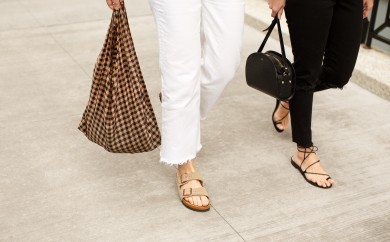
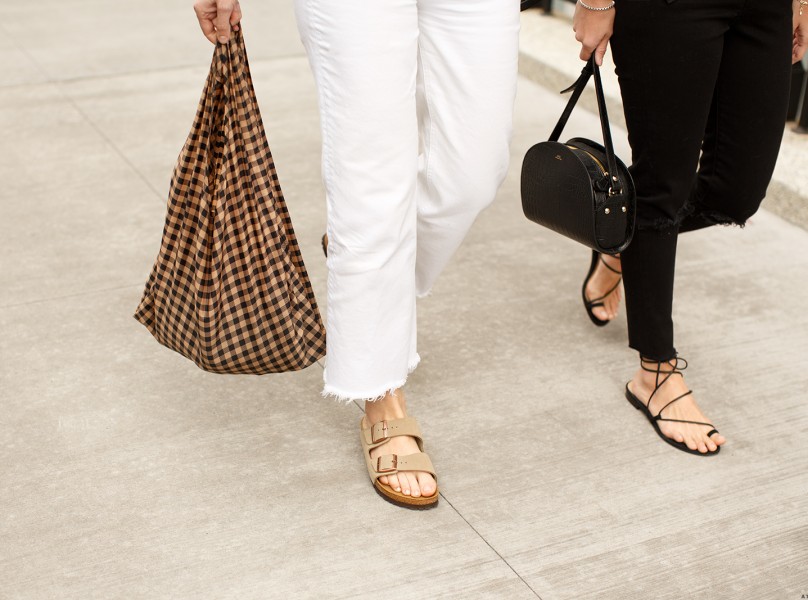
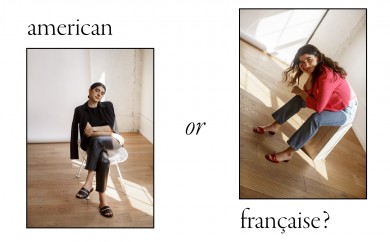
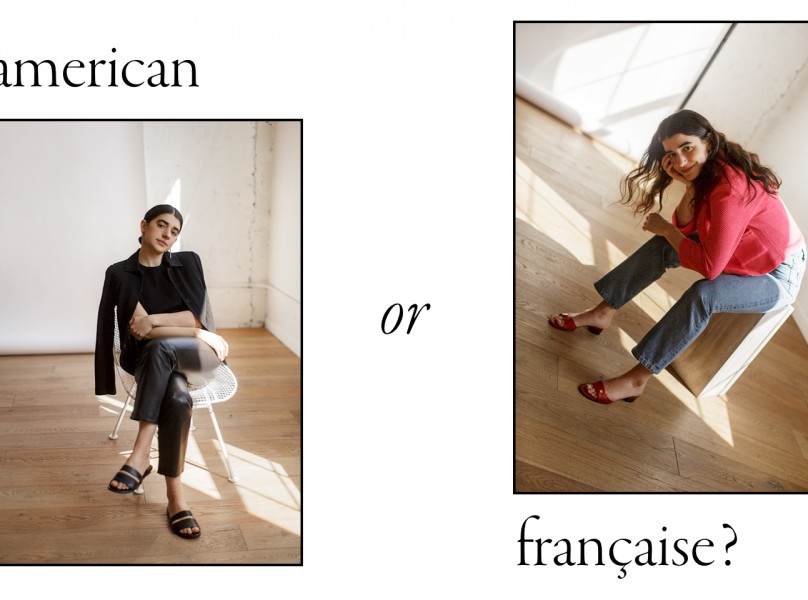
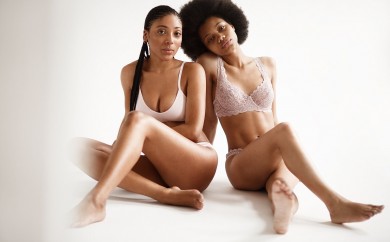
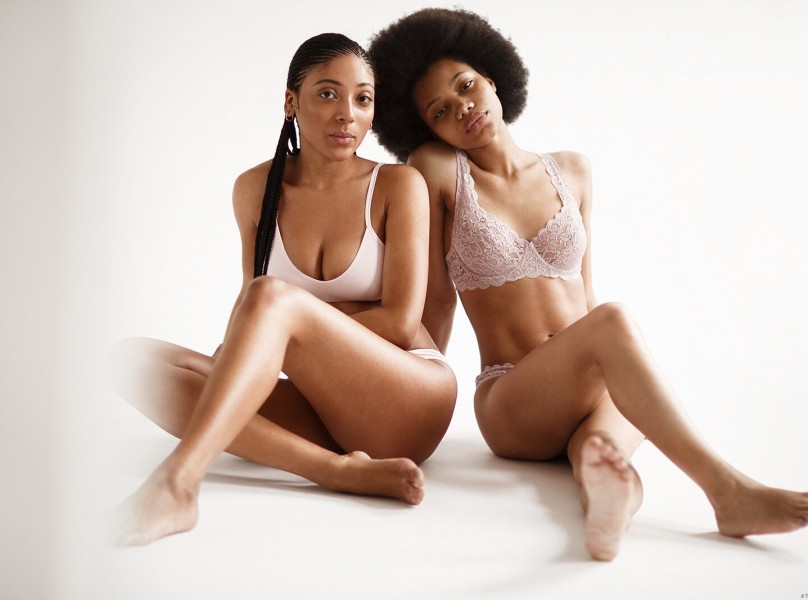








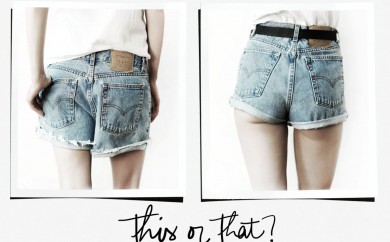
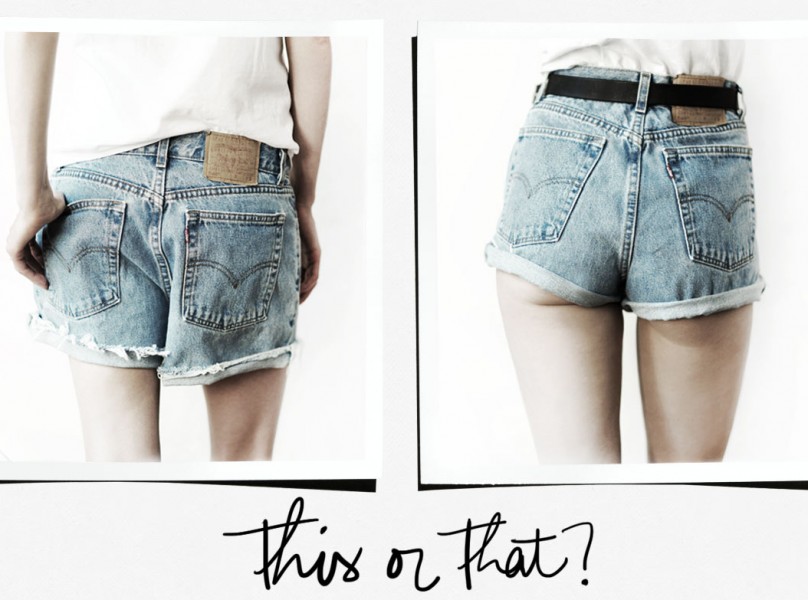















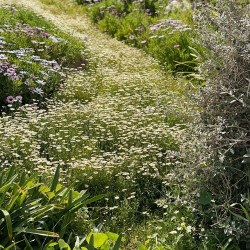


I believe that being mindful while cooking is also important, do not waste food, buy only what your family really needs ( if 0 km even better). Generaly i like the idea of recycling and reuse, not always easy, but as you said step by step every single effort will make a change! I love to believe that?
I think one of the best way to be conscientious is to buy less, we don’t need to have 10 versions of the same thing, fix things that break (small rip, sew it…), this also require companies to design so things can be repaired, and not make objects that become useless like old iphones because they don’t get supported (new apps don’t work, etc) even though the hardware are perfectly fine, and I’m not picking on apple that’s just basically the standard in all industries and companies: Max consumerism and making things to dispose quickly). For food, I agree also that we should control the waste, also let’s eat food when in season (though in the US we don’t even know when something is in season because everything is available all year round, which is great in one way but definitely not environmentally friendly, plus if we would like to be more conceptual, it’s not a great thing to grow accustom to think that you can have everything at all time, sometime it’s better to wait for things, so you value it more when you do get it). Lastly, we should find another way to show we care that is not just buying gifts (which 9 out of 10 I think are a miss because no matter how much we tried and thought about it the gift is usually something not really needed by the receiver and becomes clutter)
I know it’s a hard road to take, I’m not there either, not even close but little by little…
I work on climate issues so this is near and dear to my heart! Today’s NY Times article (http://www.nytimes.com/interactive/2015/12/03/upshot/what-you-can-do-about-climate-change.html?smid=fb-share) offers a great list of the most effective steps that people can take to combat emissions. Climate change is a hard issue for people to think about because it seems so distant from where we live and so far in the future. Yet we are already experiencing the effects. Contrary to popular belief, individual behavior, when scaled up, can actually make a huge difference in reducing our emissions and making us more supportive of the policy changes that need to happen. The bonus is that many of these choices don’t require major sacrifice because they also save money and improve health at the same time. Humans are prone to taking only one or two actions on climate change so if you are only going to do one or two things, pack the most punch. The NY Times list is a great place to start.
Thanks for this Courtney! It’s a great list. And it contains a really important fact that is true today but is changing: « …most electricity in the United States still comes from fossil fuels. » In many communities electric utilities offer the option to pay a little more to purchase renewable power that comes from wind, solar, biomass or other sources that don’t emit greenhouse gas. By choosing this option you send an important message to your utility: that you care and are willing to pay more to eliminate the emissions associated with your electricity demand. This extra money will help make the transition (in technology, in how the grid operates, eventual integration of small and large batteries, etc) that is necessary to get off fossil power. This is probably the easiest and most cost-effective way that most people can have a really BIG impact on the climate. So purchase green power and if your utility doesn’t offer it, ask them WHEN they will! Thank you Garance & Team for addressing this important issue – keep it up! :)
Sorry, nothing will force me to take the bus or underground train now days (any public transportation)…I prefer to take a bike ride (wearing the mask, of course) or to walk. I must say we do at home much more than NYT recommendations, that’s a list for very beginners and I can’t say we are obsessive, you do all the things anyway. My 9 years old boy when hiking likes to collect plastic bottles or cans in the forrest and bring them to the bin. We should definitely start it there, with very young kids and at schools if at home impossible…
All of the above is true, but I also think it’s important to grow one’s own food. It’s not easy in the cities, I know, but tomato (cherry tomato especially) grows in pots as well, as do the salad, peppers, parsley and other herbs. At least part of the food should be produced at home. The greens grown by the local farmers are more expensive than the greens available in supermarkets. But, they taste so much better! They are worth the money… And when buying from the local farmers, we act as socially responsible persons.
Taking common transports also helps to preserve the nature. Using bike to go to work is even better.
I think it’s important to talk about it and make people think about finding their own way to contribute… Thank you Garance to give us the opportunity.
Be mindful about everything around you!
http://www.distinguisheddiva.com/
Ne rien gaspiller, ni l’eau, ni l’electricite et encore moins la nourriture. Le moins d’emballage plastique possible, faire reparer ce qui peut l’etre, faire une liste (et s’y tenir) pour le super marche, acheter en « bulk », etc……
I think fashion wise one should definitely buy less and better quality. I personally stopped buying clothing impulsive. I let myself think about the particular garment for a while and if I feel that it is going to fit in my wardrobe and it will be something that I can wear not only this month but also next year then I buy it. Quality wise I simply got tired of buying something that won’t be wearable after a wash or two. For example, I read that ZARA creates clothing which lifespan is meant to be 3 washes. Ridiculous, right? Also better quality adds to the experience of wearing the garment. The feel of soft fabric on your skin and something that fits you well. And in the end buying less and buying better quality is much more sustainable way to consume. It is great to have a choice which fashion gives us but sometimes I simply wish that we would go back to the old way of consuming fashion – when it was much more slower and we took care of our garments.
I’ll also add in addition to buying renewable electricity: clothing exchanges! My friends and I do them with brunch roughly twice a year – one other friend and I trade hosting at our houses. As I type I’m wearing a sweater shared by a friend a few exchanges ago that I will probably wear until it is threadbare. Some of the clothes and shoes pass from person to person through the parties and we all enjoy the process. Everything that isn’t claimed is donated to a local women’s shelter. I do still buy new clothes but much less often than I would otherwise. :)
I agree with all the above. In my business I used recycled gold, and in pieces I make I use conflict free diamonds. I search for rare vintage stones. For example if I use coral it is old, usually from a vintage piece and taken out, or simply just old.
At home I am trying to make more creative use of leftovers. This Thanksgiving was a perfect example. I made stuffing frittata, Turkey Mole, and « all the rest » Turkey Shephards Pie….my family was so happy! I am trying to carry this forward, and think outside the box, and utilize rather then throw out things.
I try to shop local farmers markets.
As for personal shopping I am making more of an effort to purchase American made products (because that’s were I live), and for high end things I like to know that the designer doesn’t use slave labor to manufacture things. Chloe is a wonderful advocate of fair practices in their manufacturing of their goods. They pay fair wages to things that are made abroad and care about the conditions of the people making their goods as well.
I am boycotting companies such as H&M, that use slave labor and have extremely unsafe working conditions. I try to keep up on articles such as the one below that name the companies that use slaves for their manufacturing.
http://www.salon.com/2015/03/22/the_slave_labor_behind_your_favorite_clothing_brands_gap_hm_and_more_exposed_partner/
Finally you guys talk about climate and impact. But hover superficially over the solutions. Wish you could do something more for bringing awareness.
one major reason for climate change is carbon going into the air from desertification of land all over the world, from cities to major wildlife protected parks and lands…every inch of land counts in this regard and added up, can make a huge difference.
one of the simple and effective ways each person can help is to restore the land they own–down to even the small pieces of sidewalk land in front of their house or shared back yard space. restoring it means taking away »lawn » and planting native plants for your region: including flowers, shrubs, grasses; as well as mulching areas that are bare ground and/or don’t bear growth well in order that water and carbon do not evaporate into the air.
this simple step allows for a beautiful (and often edible) garden, but also wildlife as small as insects and as large as birds and animals to flourish in as much space as possible, helping to restore balance and soil microbial health and thereby, carbon-storing capacity.
see Allan Savory’s TED Talk for more/visual info on this super interesting and important subject:
https://www.ted.com/talks/allan_savory_how_to_green_the_world_s_deserts_and_reverse_climate_change?language=en
also: reading about Permaculture growing methods is a great step in understanding this planting and restoration process.
Waouh ! Je suis si contente que soit abordé le sujet ici. A la liste des choses dites dans les commentaires, j’ajouterai :
– acheter d’occasion, c’est devenu un réflexe pour moi et mon mari ; revendre aussi. Pour les vêtements, l’un des avantages c’est qu’on peut être sûr qu’ils contiennent moins de produits toxiques qu’à l’achat (car ils ont été lavés et relavés).
– économiser le chauffage ; je préfère ajouter un pulls et des chaussettes en laine plutôt que monter la température, qui est de toutes façons nocive pour les muqueuses, la peau, les cheveux…
– ne donner le bain aux enfants qu’une fois par semaine, adieu la peau sèche et les crèmes qui vont avec ! Entre deux bains, nettoyer le bas avec de l’eau, tout simplement, aussi incroyable que cela puisse paraître, ça suffit !
– utiliser les transports en commun (mais le moins possible l’avion) et le vélo autant que possible, ne pas prendre l’ascenseur quand on n’a que quelques étages à monter, refuser les sacs en plastique (ceux de la pharmacie, à quoi bon quand on un sac à main ?), etc.
– last but not least, restreindre son utilisation d’Internet, car chaque requête Google, SMS, message What’sApp, Instagramm, Facebook, etc.est envoyé à des centres de calcul gigantesques, grands consommateurs d’énergie, et donc de CO2
En fait, tout ce qu’on peut faire pour l’environnement est aussi bon pour soi, pour la santé, la paix intérieure (quand on consomme moins, on gaspille aussi moins d’énergie pour soi).
L’environnement, c’est l’oeuvre de chacun d’entre nous.
Having lived in many countries….I can say a BIG problem of climate change is a cultural problem. People tend to be creatures of habit and are stubborn towards change. They hate getting out of their comfort zone. A user friendly model or system to reduceing polution is THE tool needed. Some countries like, Germany, have only 2 days a month where garbage containers ( 50 liters) are picked up to be disposed of. Forcing you to compost and recycle…even fancy offices compost. Beverage and some food containers have deposits…forcing you to bring it back to the store to get your refund. BEING Mindful takes pressure,responsibility….and unfortunately we have become far too comfortable and spoiled and selfish. Innovation will lessen the load every year…but the golden age of not caring /lazey is OVER. We owe it to mother nature…. Peace xo
Reduce – Reuse- Recycle – just like the the Jack Johnson song says :)
Thank you for bringing this up! It’s so important. Honestly, if you’re going to do only one thing for the climate, let it be your eating habits, especially concerning meat. If the world can halve its meat consumption, we’ll be rid of so many problems! Cattle for meat production take up 70% of the world’s available land for agriculture. Of the remaining 30% that is used to grow crops, a quarter is used to grow food for the cattle. One of the biggest issues with climate change is that it is causing hunger world wide, and we are less and less able to feed our populations. If we would eat less meat, we could produce much more food. Another issue is that pretty soon, there won’t be enough drinking water for everyone. Did you know that to get one steak on your plate, it takes 140.000 liters of water? Drinking water for the cattle, shipping the meat, the whole process. 140.000 liters of water. Two people can drink 2 liters of water a day for their entire lives of that. And all you have to do is skip one steak! On top that all, the meat industry is also the most polluting industry in the world. CO2 levels would go down dramatically if could halve the world’s meat consumption. I can continue, but this post is long enough already. Right now, as poor countries are becoming more developed, meat consumption is going up, and fast. So something has to be done. I’m not asking you to say goodbye to meat forever, but maybe just bring it down to once or twice a week?
Stop eating meat, as animal production produces greenhouse gases- growing grain on former forested land ( bad times two), methane production, uses a lot of water. Raising so many animals because of very heavy meat and cheese diet is terrible for the land, air, and for health also. Not to mention the horrible lives endured by the animals.
Transport: if you can cycle, bus or walk instead of driving do so. If you have to drive can you car share and if you have to have a car does it need to be big and fast – can it be smaller and less environmentally impactful. And those who make lots of long haul flights must proactively offset, as much as possible, the environmental impact of their life style choices. It’s lovely to see everyone’s Instagram holiday photos but my kids are going to inherit a hot planet if we don’t think more about this. And respect water…. think about whether you can use less.
le plus polluant sont les chauffages et la mobilité donc :
* isoler, ne pas surchauffer, ne pas surclimatiser
* arrêter de prendre l’avion à tout va (Noel au soleil, le WE ailleurs etc)
* arrêter de faire 2 km en voiture
Ensuite au niveau nourriture :
* diminuer sa consommation de viande (super polluant, ne plus en manger tous les jours) (par exemple je n’en achète jamais pour chez moi mais j’en mange au resto)
* manger local et de saison tant que possible
* fuir l’huile de palme et le soja qui déforestent tout, détruisent les habitats des animaux etc, un vrai fléau
* éviter les emballages (je n’achète plus de choses suremballées, c’est un point qui me fait refuser l’achat)
* éviter les sacs
Pour les microélectroniques :
* ne plus changer de tel mobile tout le temps
* idem pour les tablettes et PC etc
Bref arrêter de surconsommer… c’est une habitude, après on trouve juste le reste chiquant ! (notamment la manière de vivre des nord-américains, c’est dur à comprendre autant de gâchi)
It is a good thing that this is being mentioned here and yet… This website (this isn’t a blog anymore) pushes to hyperconsumerism, what with Garance’s weekly shopping lists (who needs new clothes or even new clothes suggestions every week?), the constant trips of the team all over the world (taking the plane is one of the worst things that one can do, in regards to the environment). Buying vintage every now and then and dreaming of living in the countryside isn’t enough, far from it.
The fashion world and its icons is responsible for so many bad things, it’s time to change perceptions on products and lifestyles!
Pour les francophones, allez voir ce site. C’est drôle, ambitieux et jamais prétentieux. Je vais m’en inspirer très fort.
http://www.famillezerodechet.com/
There is a big link between meat production and climate change – I’ve been vegan for over a year now and really would like some advice on make up that contains no animal products, particularly foundations for darker skins now that my Bobbi Brown is finally running out and I’m starting to panic! Is there anybody out there who can help?.XXXXXXXXXXXXX
It’s amazing that you are talking about this!!! There is a MASSIVE link between climate change and meat consumption.- /I have been veggie for most of my life and the last year vegan. Can someone please advise on cosmetics (particularly foundation for darker skins) that do not contain animal products? I am down to the last few drips of my Bobbi Brown and starting to panic!!!! xxxx
I highly recommend The True Cost movie, to see the real impact of fashion on the nature but also on human beings …..
xo xo from Paris
http://www.rosesinparis.com
Well, I am afraid that fashion and environmental protection don’t really match. Let’s face it – designers invent collections and pump-up people’s interest in them. Not only do we have Autumn-Winter and Spring – Fashion collection. Oh, no! Let’s not forget about the Resort Collections. We have « it bags », « it shoes », « must have’s » and so on. Buy, buy, buy.
I am opting for investing in classics and buying vintage, just to minimize the frenzy that damages the planet.
As Bea Johnson, my zero waste mentor, would say: Get your 5Rs right: Refuse what you do not need, Reduce what you do need, Reuse what you consume, Recycle what you cannot Refuse, Reduce or Reuse, and Rot (Compost) the rest. And only in that order!